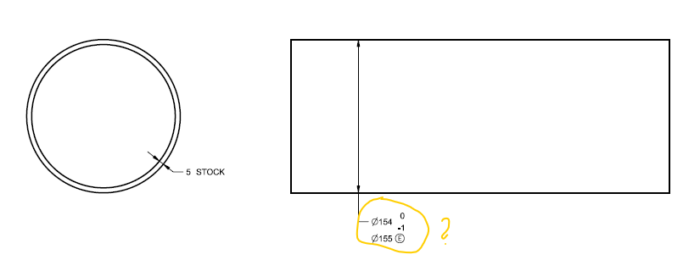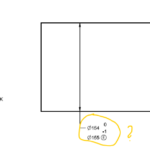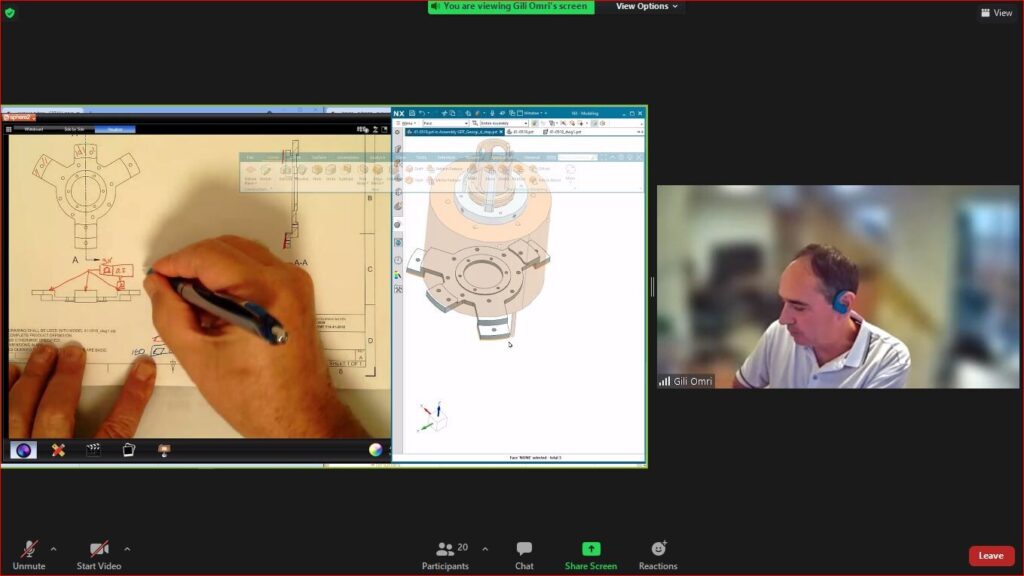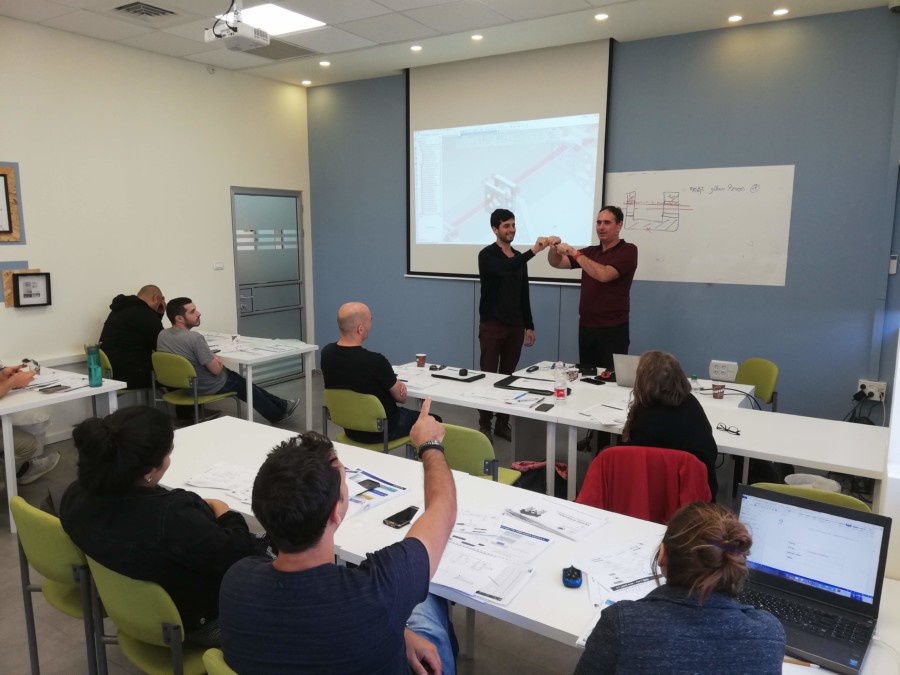Tip based on a question regarding unclear specification on a tube ISO GPS drawing.
(Figures are intended only as illustrations to aid understanding)
Questions:
An engineer from a large company contacted us with the following questions:
Got a drawing (see Figure 1) with what appears to contain contradicting specifications
- Two point size
- Envelope requirement with no tolerance

Figure 1
- Does ISO GPS support such a combination?
- If not, what is the standard specification, Assuming design intent is:
- Distance between any two opposite points shall be within 153-154
- The outer surface shall fit inside a cylindrical envelope Ø155
Answers:
1. Does ISO GPS support such a combination?
No, the envelope requirement requires size limits. For an external features of size the envelope requirement is a combination of the two-point size applied for the lower limit of size (LLS) and the minimum circumscribed size applied for the upper limit of size (ULS).
In figure 1, second row specification is out of the size limit specified by the first row& does not have limits.
2. What may be a standard specification?
- distance between any two opposite points shall be within 153-154, may be specified as a two-point size is the distance separating the two points composing an opposite point pair taken simultaneously on the extracted feature
- The outer surface shall fit inside a cylindrical envelope Ø155 – may be specified as a straightness Maximum Material Virtual Condition

Figure 2
The intended function of the part toleranced in Figure 2 could be a clearance fit with a hole of the same length as the toleranced cylindrical feature.
The interpretation is based on the following rules and definitions given in ISO 14405-1 & ISO 2692
- The extracted feature shall not violate the straightness Maximum Material Virtual Condition, which has the diameter 155 mm
- The extracted feature shall have everywhere a local two-point size larger than 153 mm and smaller than 154 mm.
Bottom Line
Geometric specifications (ASME GD&T and ISO GPS) are the tools to prescribe geometric variation limits to assure functionality of a manufactured part.
Standard Geometric Specifications allow us to specify even complex requirements in clear unambiguous manner, no need to “reinvent the wheel”.
In cases of uncertainty, consult an expert (save the time and cost of “reinventing the wheel”, misinterpretation, rework…)
Geometric Tolerances are a tool to map Functional Requirements to Geometric Limits
State Standard & Revision to assure proper Decoding
Write to get it Right



